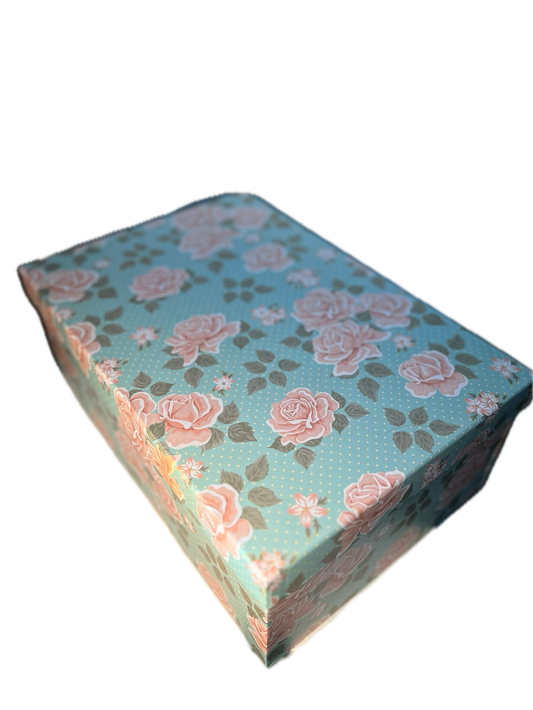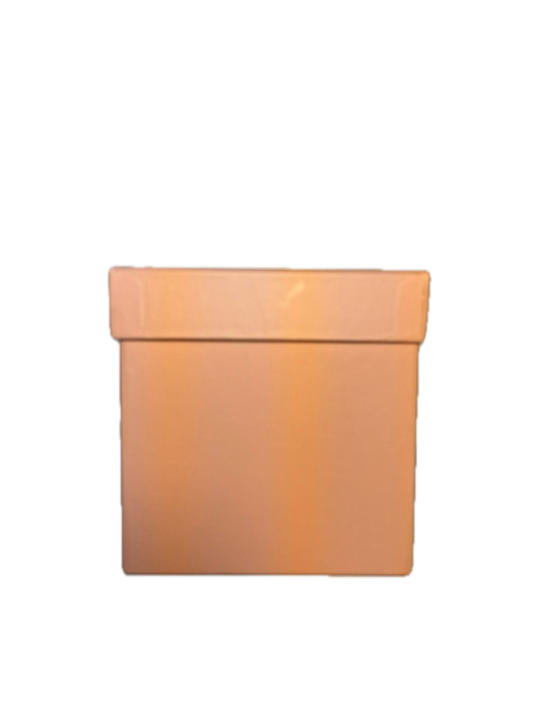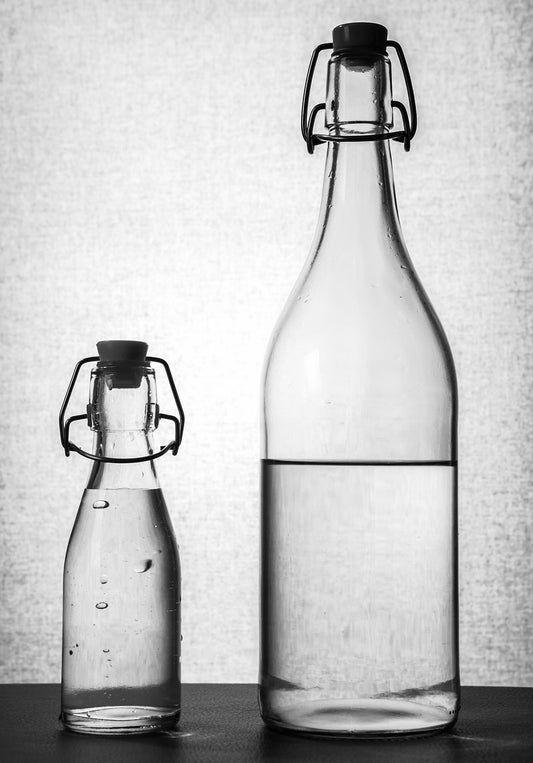
Why is everything high in protein? Are there correct amounts of protein, say in pudding? Or is the quality lower, and a higher figure is stated?
Međimurski ceker Why do many products today have a high protein content?
Healthy eating trend: There is a growing trend towards healthier eating and increased protein intake, which is prompting manufacturers to launch high protein products to meet consumer demand.
Fitness and Bodybuilding Popularity: Fitness and bodybuilding people are looking for high protein products for muscle building and recovery.
Increased nutritional awareness: Consumers are increasingly aware of the importance of protein in the diet for maintaining health and weight management.
How do manufacturers calculate the amount of protein in products?
The amount of protein in products is calculated using laboratory analyzes that measure the nitrogen content, because proteins contain nitrogen. One of the most commonly used methods is the Kjeldahl method. The amount of nitrogen is multiplied by a conversion factor (usually 6.25) to obtain the total amount of protein.
Can the proteins in the products be incomplete?
Yes, proteins can be incomplete. Complete protein contains all nine essential amino acids in sufficient quantity. Incomplete proteins lack one or more essential amino acids. Manufacturers can state the total amount of protein that includes all amino acids, essential and non-essential, regardless of quality.
What makes a protein?
Proteins are composed of amino acids. There are 20 different amino acids, 9 of which are essential, meaning that the body cannot synthesize them and they must be obtained through food. The rest are non-essential amino acids, which the body can synthesize.
Essential amino acids:
Histidine
Isoleucine
Leucine
Lysine
Methionine
Phenylalanine
Threonine
Tryptophan
Valin
Non-essential amino acids:
Alanine
Arginine
Asparagine
Aspartate
Cysteine
Glutamate
Glutamine
Glycine
Proline
Serine
Tyrosine
Can manufacturers count non-essential amino acids in the total amount of protein?
Yes, manufacturers can include both essential and non-essential amino acids in the total amount of protein listed on the nutrition label. This can result in a product having a high protein content but not necessarily a high-quality essential amino acid profile.
How is protein quality assessed?
Protein quality can be assessed using a variety of measures, including:
PDCAAS (Protein Digestibility Corrected Amino Acid Score): This method takes into account protein digestibility and its essential amino acid composition.
DIAAS (Digestible Indispensable Amino Acid Score): A newer method that also takes into account the digestibility of individual amino acids in different parts of the digestive system.
Conclusion
Manufacturers can increase the protein content of products by adding high protein ingredients such as milk protein, soy protein or egg protein. It is important for consumers to look not only at the total number of proteins, but also at the quality of the proteins in terms of their essential amino acid composition.
What are essential and non-essential amino acids?
Essential amino acids are those that the body cannot synthesize on its own, so we must get them through food. Non-essential amino acids are those that the body can only produce from other amino acids or nutrients.
Why do we call them that?
The names "essential" and "non-essential" amino acids refer to their necessity in the diet:
Essential amino acids: They are essential because the body cannot produce them and we must get them through food.
Non-essential amino acids: They are non-essential because the body can produce them on its own, even if we do not consume them directly through food.
How do amino acids make proteins or something else?
Amino acids are the building blocks of proteins. When amino acids are linked by peptide bonds, they form polypeptide chains. These chains bend and fold into specific three-dimensional structures to form functional proteins.
How do we use them in the body, depending on the type?
Essential amino acids:
Food intake: They must be taken in through the diet because the body cannot synthesize them.
Function: They participate in protein synthesis, muscle growth, tissue recovery, production of enzymes and hormones.
Non-essential amino acids:
Synthesis in the body: The body can produce them from essential amino acids or other compounds.
Function: They also participate in protein synthesis, but can also be involved in other metabolic processes such as glucose production (gluconeogenesis) or detoxification.
How are amino acids formed and how many are there?
Synthesis of essential amino acids: They cannot be produced in the body and must be obtained through food.
Synthesis of non-essential amino acids: They can be formed in the body through various metabolic pathways from other amino acids or compounds.
How many are there?
There are a total of 20 amino acids that are used in protein synthesis:
Essential amino acids (9):
Histidine
Isoleucine
Leucine
Lysine
Methionine
Phenylalanine
Threonine
Tryptophan
Valin
Non-essential amino acids (11):
Alanine
Arginine
Asparagine
Aspartate
Cysteine
Glutamate
Glutamine
Glycine
Proline
Serine
Tyrosine
Conclusion
Amino acids, essential and non-essential, are crucial for many body functions, primarily for building proteins. Essential amino acids must be obtained through food, while the body can synthesize non-essential amino acids from other nutrients. The quality of dietary proteins is often measured by their content of essential amino acids.








































































